Happy July! Summer is in full swing and it’s almost Independence Day. July is one of the most bountiful months for fruits and vegetables, so make sure you visit your local markets for some summer recipe inspiration. It is a time to enjoy fresh food, outdoors and with good company. I tend to lean more towards green beans, fresh herbs and tomatoes this time of year, but there’s also some hearty ingredients, like eggplant and swiss chard available right now.
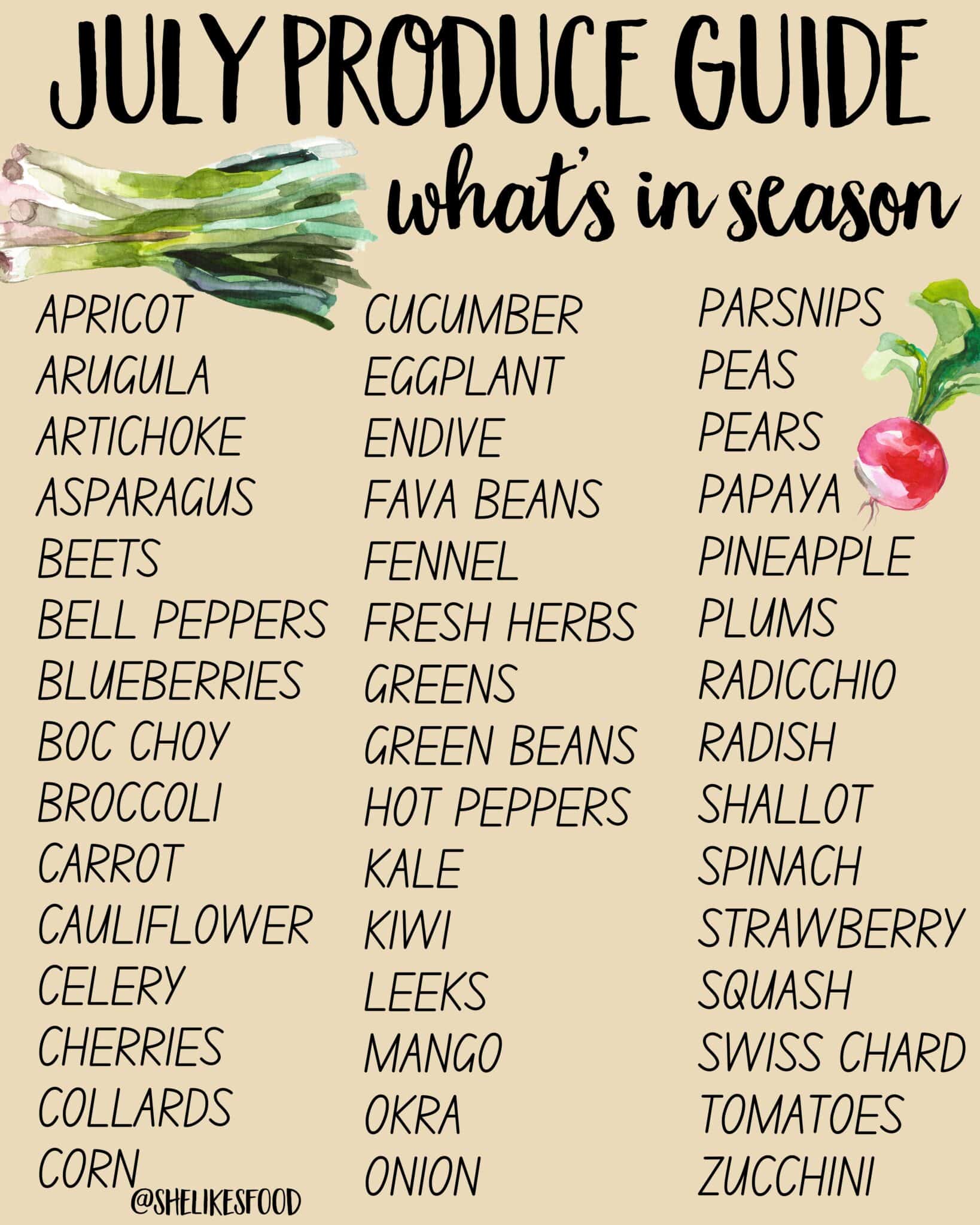
Welcome to my July Produce Guide! It’s (almost) July and the kids have settled nicely into a lazy summer routine and we just got our first big summer rainstorm a few days ago. Our neighborhood goes under water restriction each summer, so I’m always thankful for extra rain. We’ve been trying to go to swimming as much as possible and we have a fun family vacation coming up soon. July is one of the best months to visit your local farmer’s market, because depending on where you live, it is probably bursting with fresh tomatoes, zucchini and flowers, among much more.
My garden is growing quickly everyday and some of the first blooms are starting to open, it will still be a while for the giant sunflowers though. This summer, I decided to go with plants that take less time to fully mature, rather than things like tomatoes, corn and pumpkins. New Mexico isn’t the easiest state to garden in, but every year I’m learning more and more. I’m looking forward to enjoying garden beds full of flowers soon though!
July is all about BBQs, picnics and outdoor dinners. I love having fresh herbs on hand for extra flavor, cherry tomatoes for snacking and fresh berries for easy summer desserts. Let me know in the comments what your favorite summer ingredient is!
Below I’ve highlighted a few of my favorite mid-summer produce. I added links to recipes that utilize them in different ways, along with some general information and health benefits.
*Please keep in mind that different areas of the country have different growing seasons, so what is in season here may not be what is in season where you live. We have a very short growing season in the high desert, which means that most people aren’t planting things like tomatoes and zucchini until mid-late May and harvesting late June or early July.
JULY PRODUCE GUIDE
ARUGULA
Arugula, or Rocket, belongs in the mustard family and is commonly used as a salad green. It has a nice, fresh peppery taste and a little can go along way in recipes. Some people find it to be bitter and prefer it mixed with other salad greens, rather than on its own. You can buy baby arugula, that is usually more tender and mild in flavor, or the full grown version that is heartier and stronger in flavor. I like to use baby arugula raw, in salads or wraps, but it can be wilted down and served warm, similarly to spinach or kale. You can also add it fresh, or steamed, to sauces like pesto, as an addition to the basil or in place of the basil.
Arugula is loaded with nutrients and antioxidants, giving it numerous health benefits, including cardiovascular health, bone strength and skin health. Specifically, it contains high amounts of vitamins A, C and K, as well as calcium and potassium. Arugula can also be great for digestion because of its high fiber content and anti-inflammatory properties.
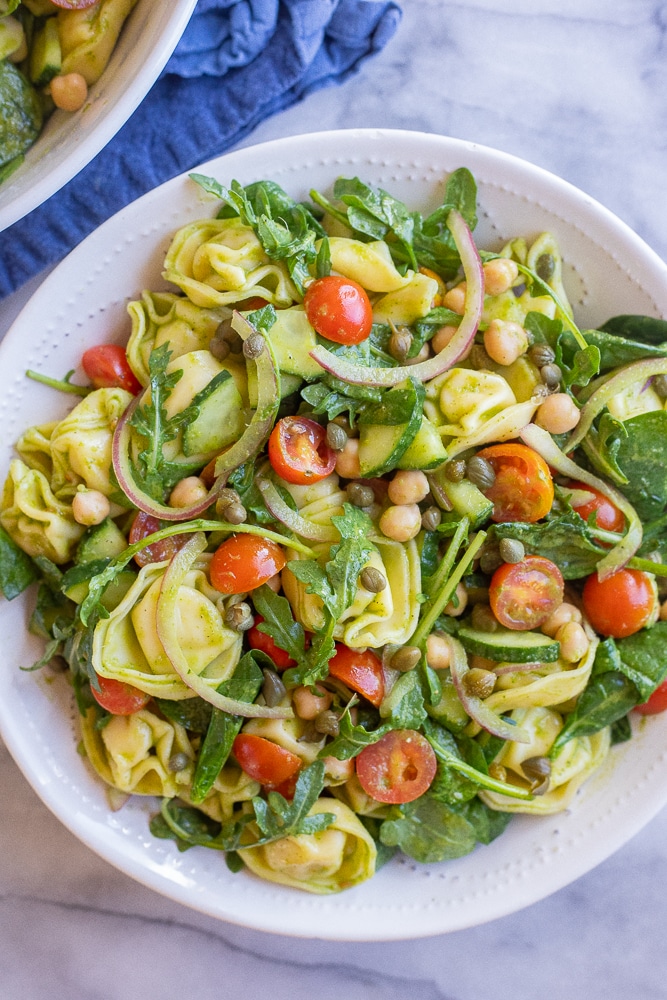
Arugula Tortellini Salad with Garlic Herb Dressing
Basil and Roasted Garlic Flatbread with Arugula
Tahini Balsamic Pasta Salad with Arugula
Balsamic Sweet Pepper and Boursin Sandwiches
Roasted Carrot and Chickpea Salad with Arugula
BEETS
Beets are in the Beetroot, or Chenopodioideae, family, which also includes spinach, Swiss chard, and sugar beets. Beets are root vegetables known for their bright red color, although there are other varieties, including yellow beets. Both the beet root and the beet greens can be enjoyed raw or cooked. I like to grate the root and add them raw to salads or slice and roast them until they have a meaty like texture. Beets can also be pickled, steamed or fried. They have an earthy flavor that is slightly sweet.
Beets have many health benefits, including lowering blood pressure, liver support, improved digestion, and inflammation reduction. They’re packed with antioxidants, Vitamin C, choline, and Vitamin K, just to name a few. Root vegetables are also considered grounding and can help you feel more stable and connected to the earth. Additionally, beets are high in phytonutrients, which are nutrients found in certain foods that can help keep your body healthy and prevent disease.
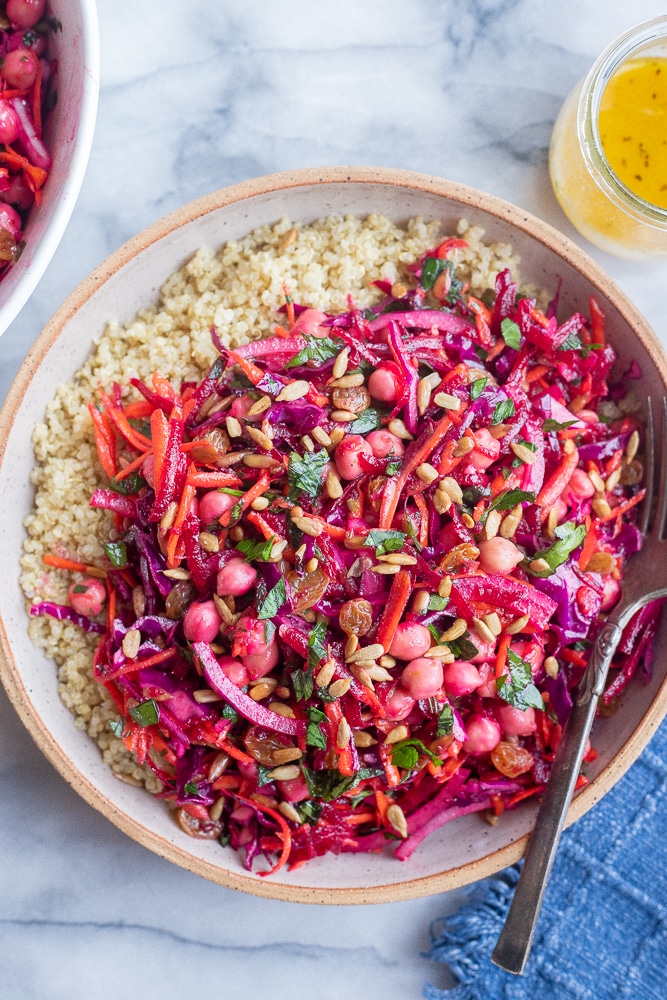
Beet and Carrot Salad with Chickpeas
Goat Cheese Beet and Balsamic Puff Pastry Bites
Vegan Beet Burgers with Brown Rice
Roasted Beet Chickpea and Black Rice Bowls
Healthier Chocolate Cupcakes with Raspberry and Beets
BELL PEPPERS
Peppers are in the nightshade family and all types of peppers are in season now. Bell peppers are probably the kind that I cook with most often though. Green and red bell peppers are commonly used in recipes like pizza and fajitas, but they also come in yellow, orange and purple colors. Green bell peppers can be slightly bitter in flavor, but the rest of the colors are a little sweeter. I use bell peppers in so many of my recipes! I chop them up and throw them into soups, salads, scrambled eggs, wraps and so much more. They are great raw with creamy ranch dip or hummus, or they can also be sautéed, roasted or cooked in soup.
Bell peppers are great for immune health because they are high in Vitamin C, essential for keeping your immune system healthy and fighting off sickness. Vitamin C is also very beneficial in healing wounds and collagen production. Bell peppers are high in antioxidants, which also help protect the immune system. Antioxidants are molecules that can neutralize harmful free radicals, which otherwise can damage cells and tissues in our bodies.
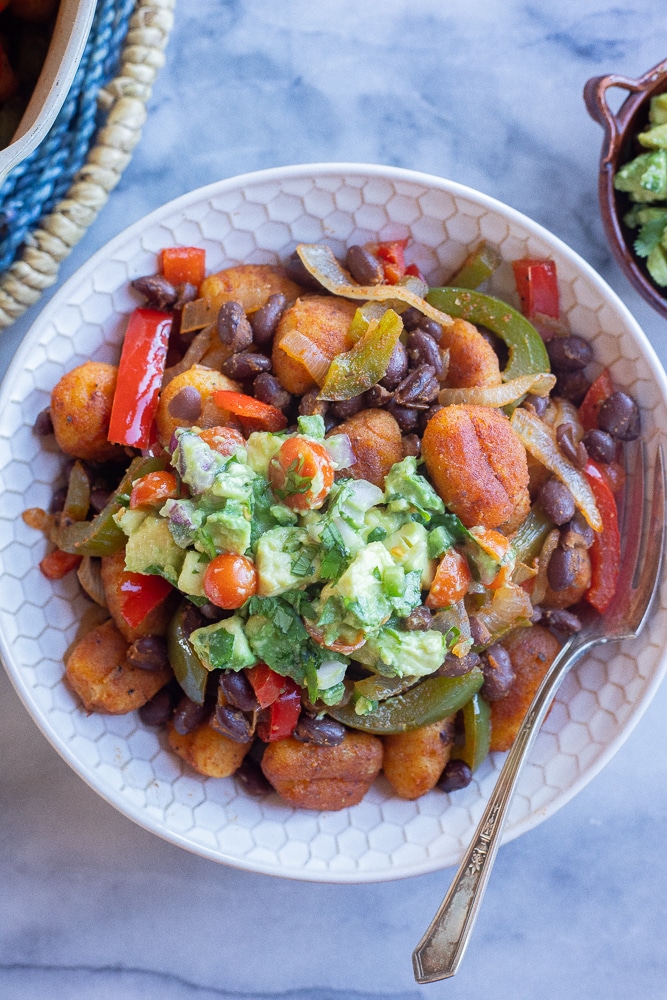
Vegetarian Stuffed Peppers with Cauliflower Rice
Fajita Gnocchi Skillet with Avocado Salsa
Loaded Breakfast Stuffed Peppers
Vegetarian Fajita Rice Casserole
Vegetarian Cheesy Tortellini Casserole
BROCCOLI
Broccoli is a cruciferous vegetable that is in the mustard family, along with cabbage, Brussels sprouts and kale. There are a few different varieties of broccoli, but Calabrese is the most common one in the United States and probably the one that most of us usually cook with. Broccoli can be enjoyed raw, roasted, steamed or fried. I like chopping raw broccoli into bite sized pieces and adding it to salads and keeping steamed, or frozen, broccoli on hand to toss into pasta or stirfry.
Broccoli is a powerhouse vegetable that offers lots of health benefits. Broccoli is packed with tons of antioxidants, which help reduce unwanted inflammation inside the body. Broccoli also contains a large amount of both fiber, which is important for digestion and vitamin C which helps boost the immune system. One cup of broccoli has about as much vitamin C as an orange.

Chili Garlic Broccoli with Chickpeas
Crunchy Broccoli Salad with Maple Mustard Dressing
Veggie Packed Broccoli Cheddar Soup
Crunchy Baked Broccoli with Spicy Soy Sauce
Cheesy Broccoli Rice Casserole Bites
CARROTS
Carrots are springtime root vegetables that are pretty easy to grow. Orange carrots are most commonly seen and sold at the grocery store, but you can also grow a rainbow colored variety. Carrots come in different sizes, some are short and wide, while others are long and thin. Baby carrots, however, are not an actual carrot variety, instead they are made with a machine using regular sized carrots. I love to snack on raw carrots or add them to salads and wrap. Carrots can also be roasted, sautéed, cooked into soup or baked into cakes or muffins. They are a very versatile vegetable that can be used in both sweet and savory recipes. Carrots are probably most eaten raw, with ranch or hummus, in the US though! Or baked into carrot cake
It’s true that carrots are good for your eyes! Carrots are high in beta carotene, a nutrient that your body turns into Vitamin A. Vitamin A is essential for maintaining healthy eyes and good vision. Carrots are also a good source of fiber and antioxidants. Fiber helps with digestion, but can even help lower the risk of heart disease. Soluble fiber from carrots binds to cholesterol particles and helps expel them out of your body, through stool.
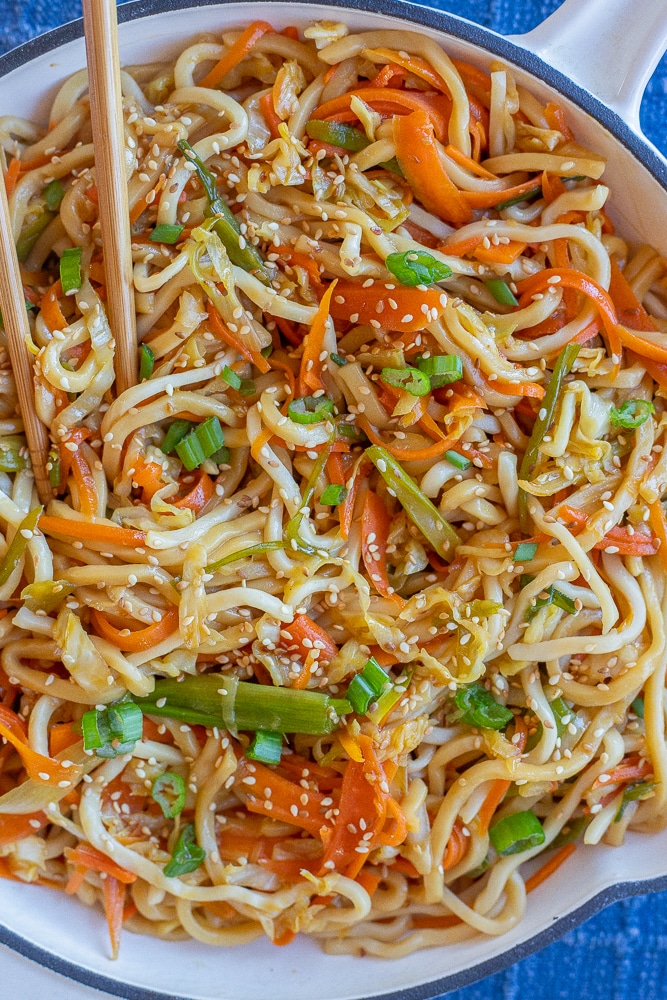
Carrot and Chickpea Salad with Orange Maple Dressing
Roasted Carrot and Dill Hummus
Noodles with Cabbage and Carrots
Curried Sweet Potato Carrot and Red Lentil Soup
CORN
Corn is in the grass family and is technically considered to be a fruit. Corn on the cob is super popular in the summertime and is such a great way to enjoy fresh corn! There are 17 different types of corn, but the most common type in the United States is called Dent, or field, corn. Sweet corn is also pretty common, especially if you’re buying canned corn. I probably cook with canned corn more often than fresh corn, because it’s more convenient to store in the house. Corn is super versatile and can be added to so many different recipes, from corn salsa to cornbread. Corn can be served warm or cold and is great added to salads, soups, tacos and more!
Corn has many health benefits, due to it’s high content of fiber, vitamins, minerals and antioxidants. Corn is a good source of both soluble and insoluble fiber, making it great for digestion. You might be wondering, if it is good for digestion, why does it come out whole in the stool? The reason for that is because the outside of the corn kernel is made of cellulose, which cannot be digested by humans, but the body does make sure it gets all the other nutrients out of the corn first! The fiber in corn also helps regulate blood sugar levels by slowing down the absorption of glucose.

Zucchini Corn and White Bean Chili
Pickled Jalapeno Cheddar Cornbread
Cherry Tomato Salsa with Black Beans and Corn
FRESH HERBS
Fresh herbs can be a mix of annuals and perennials. Herbs like Basil and cilantro need to be replanted each year, but sage, thyme, lavender and mint will all grow back, year after year. Fresh herbs are less potent than their dried counterparts and I use them all the time to add flavor and color to my recipes. Fresh herbs are always great to have on hand to use as a colorful garnish for pastas, salads and soups or they can be used as more of a main ingredient. Pesto is one of my favorite things to make when I have extra fresh herbs on hand and can even be made with herbs besides basil, like mint or cilantro.
Herbs are very potent and have been used for centuries in healing capacities. Each herb is unique and has it’s own health benefits. Garlic, turmeric, oregano and sage are all great for boosting the immune system, while ginger, peppermint, parsley and basil aid in digestion. The benefits of herbs can be enjoyed through adding fresh herbs to your recipes or taking dried herb capsules. It is always a good idea to consult with your doctor before starting any new herbal supplements.
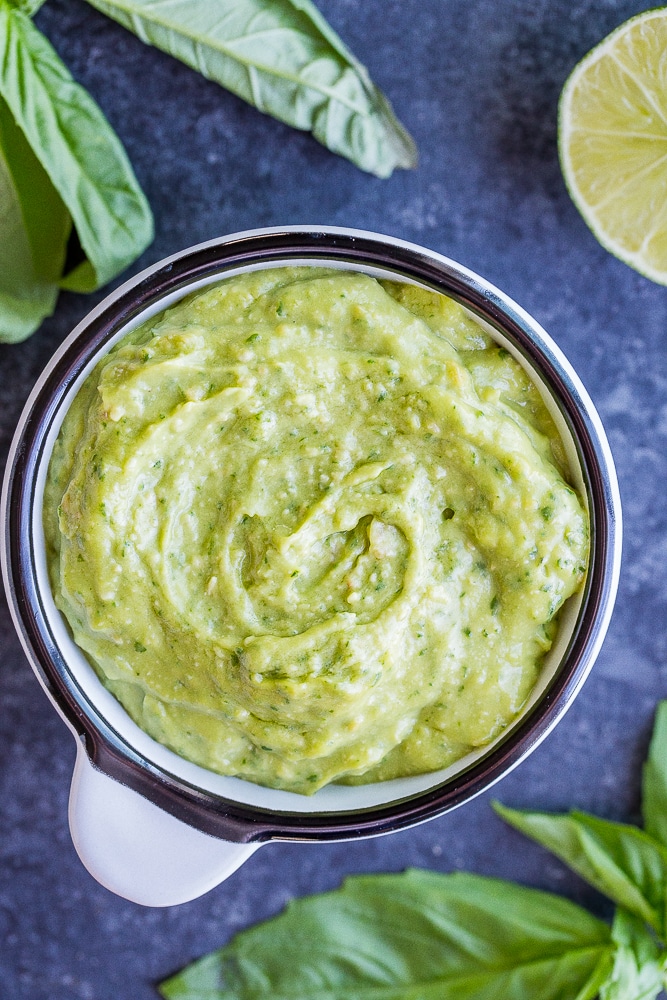
Herby Cucumber Salad with Feta and Chickpeas
Cilantro Lime Cucumber Salad with Avocado
KALE
Kale is in the Crucifers family and comes in a few different varieties including: curly, lacinato and purple. Kale is a hearty green that can withstand colder temperatures. Baby kale has also become quite popular these days and is still hearty, but a little more similar to baby spinach or lettuce. Kale can be enjoyed both cooked and raw. I love massaging raw kale and adding it to salads. It’s hearty and has some texture, while also being refreshing. Kale wilts quickly, so it can easily be thrown into soups, stir fry and pastas.
Kale is considered a superfood because it’s packed with a variety of vitamins and nutrients. Dark leafy greens are important to include in our diets, and kale is a great way to do that. Kale contains four times more vitamin C than spinach and twice the amount of selenium. Kale is also low in calories, making it great for maintaining a healthy weight.
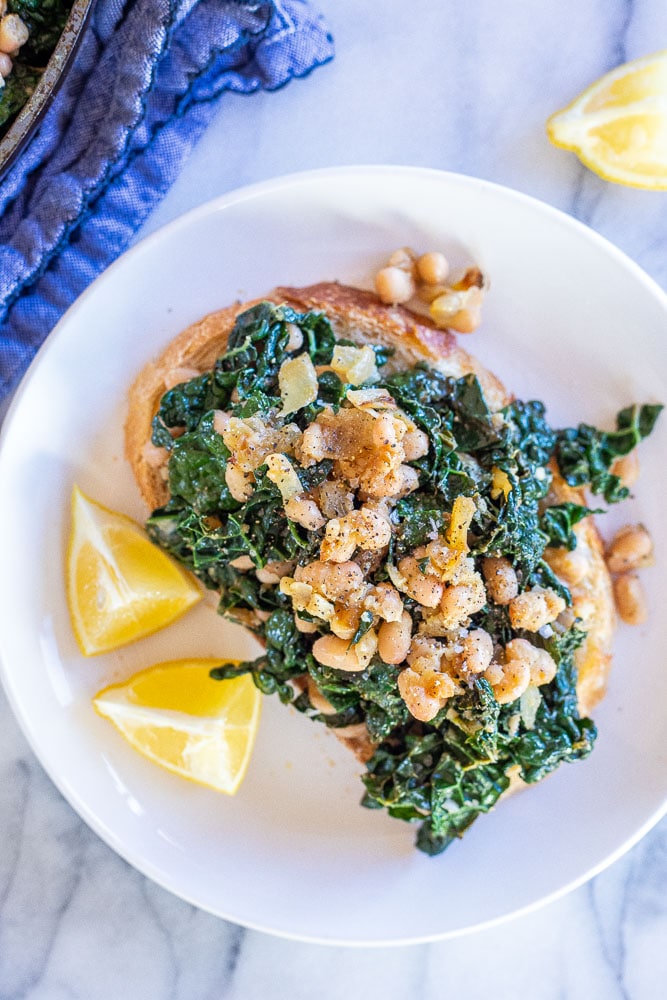
Chopped Kale Power Salad with Lemon Tahini Dressing
Kale and White Bean Pasta with Parmesan
Garlicky Kale with White Beans and Lemon
PEAS
There are three types of spring peas; snow peas, sugar snap peas and garden peas. Snow peas are the flat looking peas that are used often in stir frys. Sugar snap peas are more rounded in shape and usually have larger, plump peas inside. Garden peas are what you are usually eating when you buy a bag of frozen sweet peas. I love growing sugar snap peas in the garden to munch on raw, throughout the summer, and they are also great for adding fresh to salads. I always have a bag of frozen sweet peas around and enjoy throwing them into pastas or using them as a veggie side dish.
Peas have a rich nutritional profile and offer various health benefits. They’re an excellent source of plant based protein and packed with antioxidants, fiber, and other essential vitamins and minerals. One cup of peas contains 8 grams of protein and 7 grams of fiber. Peas are packed with both soluble and insoluble fiber, which helps keep digestion running smoothly and aids in transporting bad cholesterol particles out of your body.
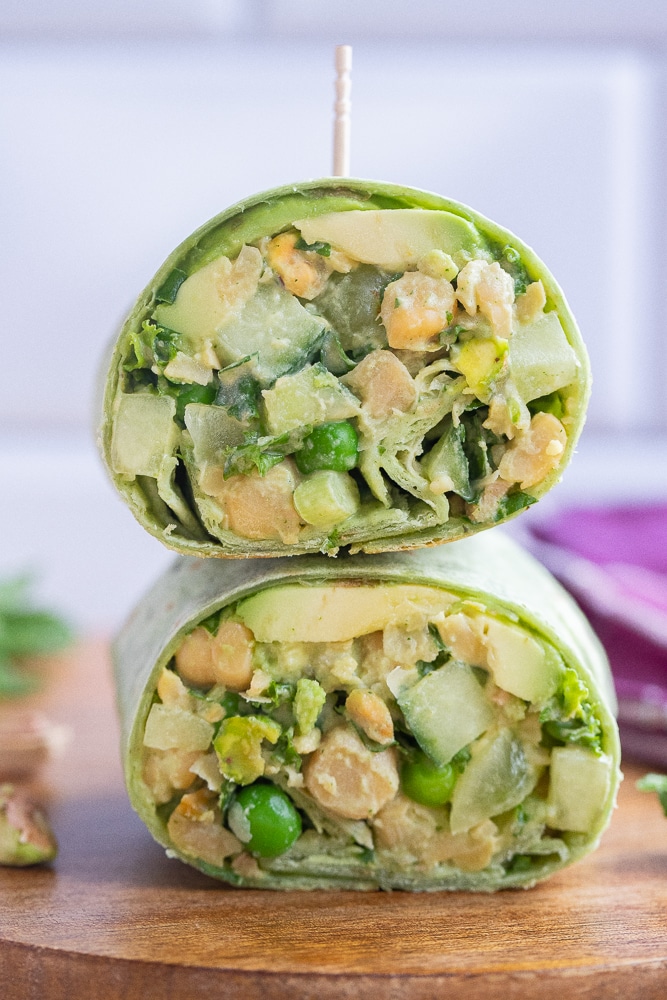
Lemony Broccoli and Sweet Pea Salad
Watercress Pesto Pasta with Peas
Roasted Vegetable Gnocchi Sausage Bake
RADISHES
Radishes are in the mustard family and come in a few different varieties. Most people are probably used to seeing Red Radishes, which are commonly sold in grocery stores. These radishes are usually eaten raw and have a spicy, crisp taste. I usually just thinly slice radishes and throw them into salads, but you can also pickle them, grill them or even roast them in the oven. Roasting them mellows the sharp flavor a bit and adds some sweetness.
Radishes may be small, but they do pack quite a nutritional punch. Just half a cup of radishes gives you 14 percent of your daily recommended dose of vitamin C, which is a great boost for the immune system. They help support a healthy digestive system, and half a cup of radishes contains 1 gram of fiber. They are a natural antifungal, so they help keep candida growth in check. One cup of radishes contains only 9 calories and has hardly any fat, so they are also great for healthy weight management.
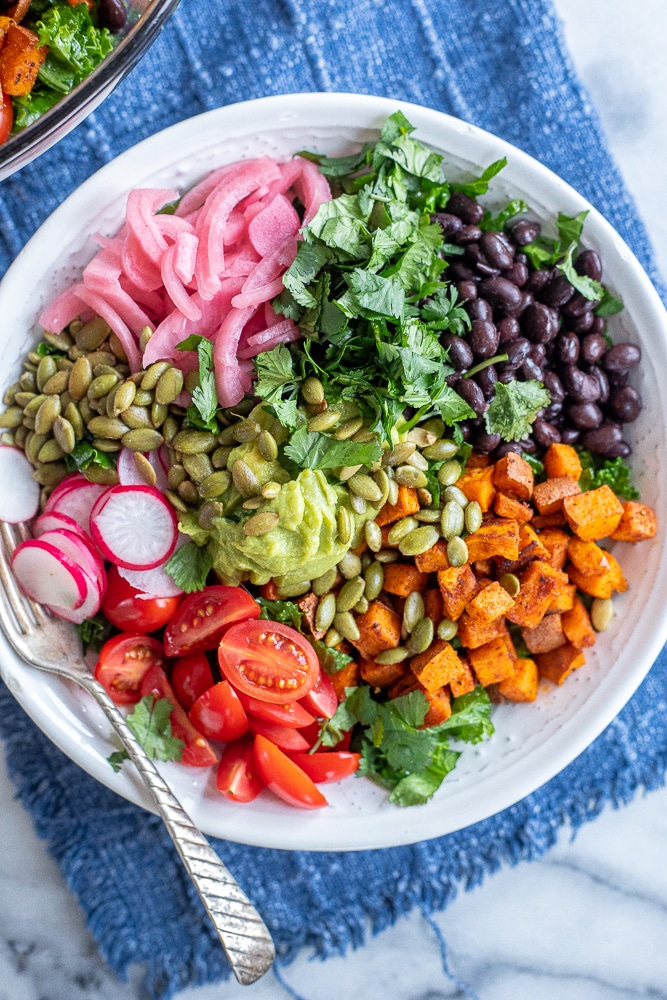
Roasted Radishes with Garlic and Herbs
Veggie Sushi Bowls with Quick Pickled Radishes
Crunchy Ranch Salad with Crispy Quinoa
Roasted Sweet Potato Black Bean Salad with Kale
TOMATOES
Tomatoes are in the nightshade family and come in many different varieties. They are considered a fruit, but they are often enjoyed like a vegetable. Most varieties of tomatoes are sweet and juicy and they come in many sizes, ranging from small cherry tomatoes to extra large beefsteak tomatoes. Tomatoes are one of my favorite ingredients and they can be used in so many different ways. I love eating tomatoes raw, straight from the garden, or with salt and pepper. Uncooked tomatoes can be added to salads, sandwiches and appetizer trays. They can also be cooked and made into salsas, pasta sauces and ketchup. The possibilities are really endless, and don’t forget about sun-dried tomatoes!
Tomatoes are high in antioxidants, which help neutralize harmful free radicals in the blood, The lycopene and potassium in tomatoes may help reduce the risk of chronic diseases, including heart disease and cancer. Lycopene can help reduce bad cholesterol and prevent artery blockages by inhibiting cholesterol synthesis and increasing the breakdown of LDL. Tomatoes are also high in vitamin C, which supports and boosts the immune system.
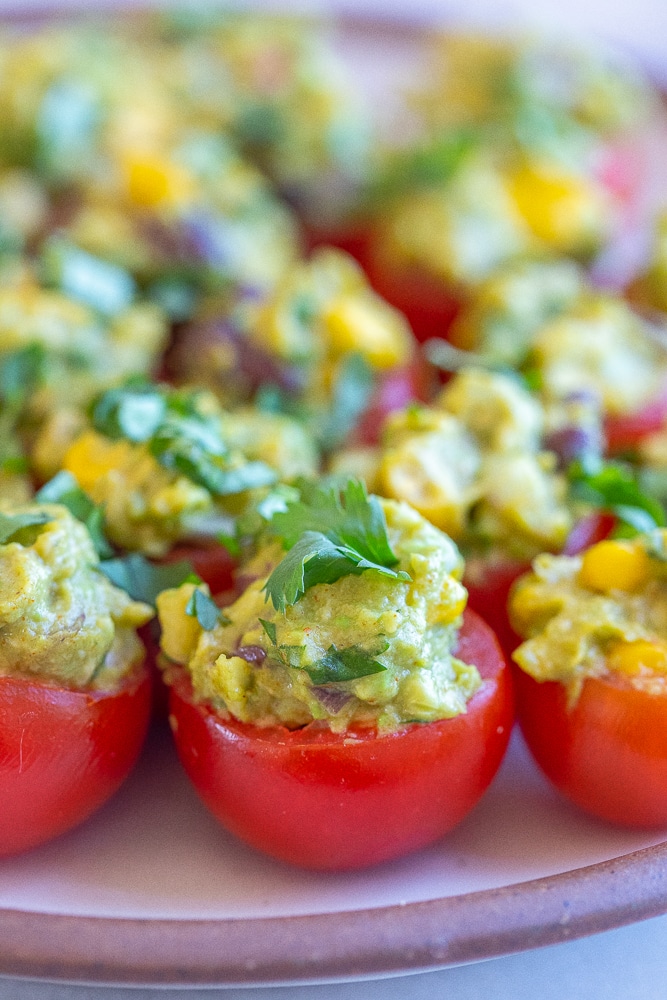
Herby Parmesan Tomato Pasta Salad
Summer Squash and Tomato Pizza
Tomato Herb Butter Beans with Pesto Rice
ZUCCHINI
Zucchini is in the squash family and is usually a very prolific garden plant. Most people are probably familiar with the regular, long green zucchini that they sell at grocery stores. There are other types of zucchini though, including one that is yellow. Zucchini has a very mild flavor on it’s own and easily softens when cooking. Zucchini can be enjoyed raw, but I most often see it sautéed, roasted or mixed into baked goods like zucchini bread. To me, zucchini tastes best when it’s been cooked until it’s starting to caramelize and brown. This cooking method brings out such amazing flavors and is great for adding to stir fry, pasta, salad, tacos and more!
Zucchini is high in nutrients and low in calories, making it very beneficial to the diet. It is loaded with fiber, water and potassium so it helps keep your digestive system on track, keep you hydrated, and help you manage a healthy weight. It also contains antioxidants that help reduce inflammation inside the body.
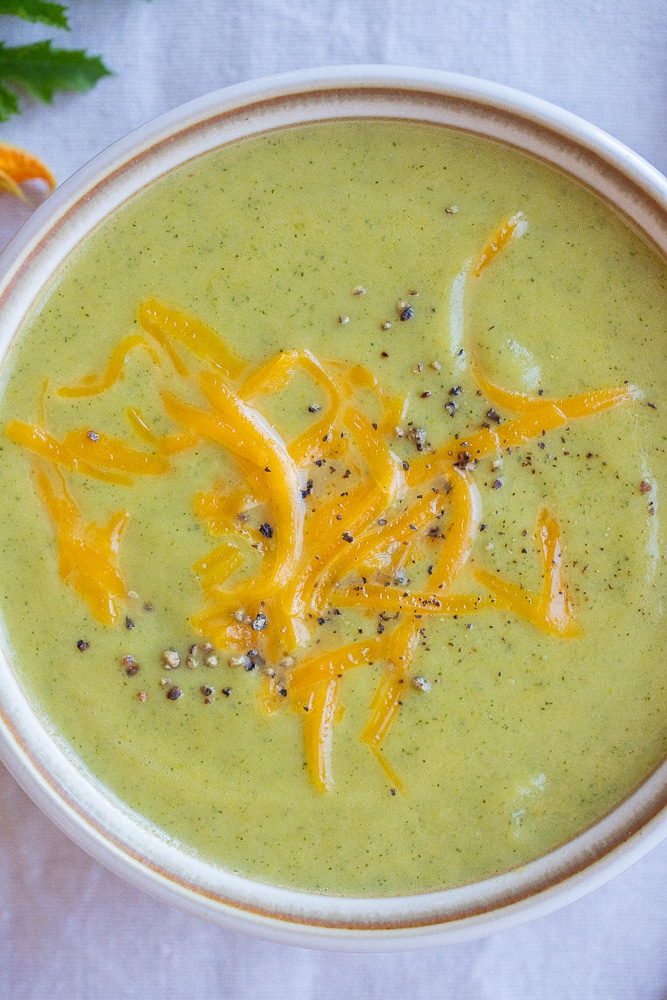


Leave a Reply